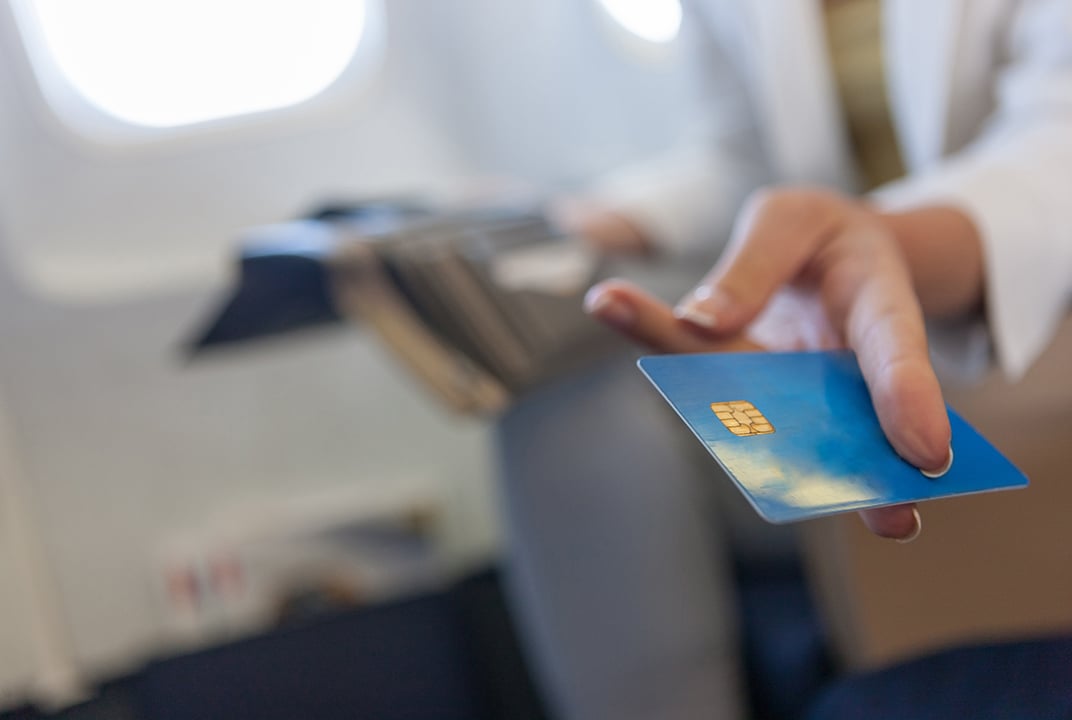Insight | The voice of two billion mobile users must be heard
The voice of two billion mobile users must be heard
null
I recently attended the APEX Asia 2014 Regional Conference in Hong Kong, where there were some interesting discussions about the latest trends in In-Flight Entertainment (IFE) and connectivity in the Asia Pacific region. In particular, the two-day conference looked at exploring global trends, IFE, connectivity and beyond for the industry. And the reason why these discussions were so high on the agenda? In-flight connectivity and the overall passenger experience is becoming a major driver for the selection of a favourite airline, as indicated in the recent Passenger Choice Awards by the Airline Passenger Experience Association (APEX).
Together with Sami El Hadery, Executive Director and Co-founder of Tune Box, we presented a case study of the new lightweight connectivity service for AirAsia passengers called roKKi, which allows them to send and receive messages via WhatsApp, WeChat, or LINE message at any time, just as they can on the ground.
The beauty of this new service is that it has been developed taking into account the specific communication habits of the region’s customers. The Asia Pacific market often acts as an incubator for emerging trends in technology and this has been the case with the introduction of many new developments and services connected to the mobile phone. roKKi uses Inmarsat’s L-band service, SwiftBroadband, and provides a low-cost, accessible solution to the popularity and continued growth of messaging services such as Kakao Talk, Line and WeChat, across the region.
In fact a recent report from the GSMA, the industry group representing the interests of mobile operators worldwide, indicates that as well as being the world’s largest mobile region, Asia Pacific is set to remain the second fastest growing region. It is expected to add over 750 million new subscribers in the period up to 2020.
In-flight connectivity is fast becoming a required standard that airlines will have to offer for their fleets. And while a new service of high-speed broadband is on track to be available early in the second half of 2015 with Global Xpress, roKKi provides a unique offer here and now for AirAsia customers right across their network of 88 destinations.
The GSMA report, the Mobile Economy Asia Pacific 2014, goes on to say that by 2020 the number of unique subscribers in the region is expected to grow from 1.7 billion in 2013 to 2.4 billion in 2020.
I believe it will not be many years now before we are all connecting efficiently and economically to Wi-Fi in the skies just as we do now on the ground. But in meantime services such as roKKi are adapting the use of existing technologies to offer bespoke services to the needs of today’s passengers.
Ultimately, it is the creation and adaptation of technologies to have a practical and purposeful use in our everyday lives that become successful. And I have no doubt that with an expected growth to 2.4 billion individual subscribers in the Asia Pacific region by 2020, there is still plenty of room to expand existing connectivity technologies, such as SwiftBroadband, for use at 35,000 feet as the growth of air travel continues apace.
About the author
Bill Peltola, Inmarsat Vice President Aviation in Asia Pacific, is responsible for developing market opportunities in the region, building on the company’s long standing leadership position in satellite-based, aviation safety services and introducing Global Xpress. Bill has extensive experience of leading aviation connectivity business on an international basis. Prior to joining Inmarsat, he was Director for Global Communications Services Business Operations and Planning of Panasonic Avionics Corporation, Senior Vice President of Aircell (Gogo), Vice President, Aeronautical at Stratos Global, and Vice President, Aeronautical at British Telecom.


